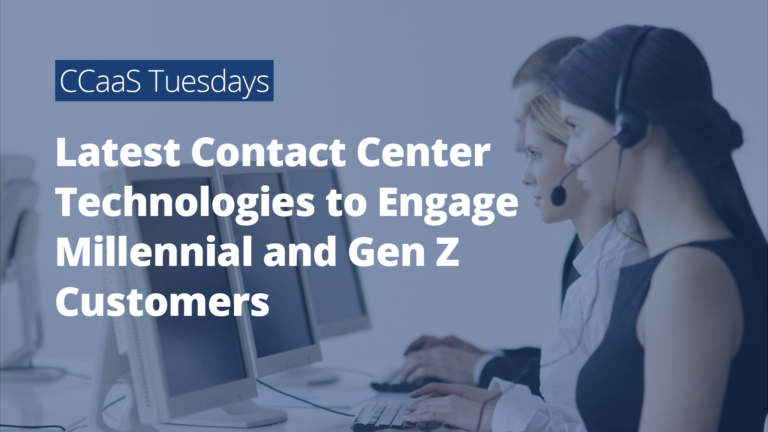
As we discussed in our previous blog, Contact Center-as-a-Service (CCaaS) has opened the doors for any size business to put up their own Contact Centers, and many are doing just that.
But the IT director looking to implement CCaaS needs to understand that, even with a Cloud-based solution, due diligence must be done on the front end to get the desired results on the back end. As with any large systems implementation, you’ll have to first look at your requirements and then identify a solution-provider based on those requirements.
(It is not as simple as “Plug and Play”, as some would suggest.)
The Requirements Drive the Solution
The Journey to the Right CCaaS Solution Begins with good requirements. This means both understanding and documenting your company’s unique Contact Center requirements. Questions like “How many agents will the system have to support at a given time?” are easy to answer. But other questions that will determine how your system is designed will take time and research to get answers for:
- Will the site’s network infrastructure be enough to support the bandwidth requirements for a Contact Center?
- What business applications will need to be integrated with your Contact Center system? Your CRM? Your ERP? Some other SaaS solution that is central to your business operations?
- What teams will be represented at the Contact Center and how will customer sessions (calls, chat sessions, video sessions) need to be routed to best service your customers?
Despite the perceived simplicity of CCaaS, the technology does not come already integrated with your applications and configured to support your Contact Center requirements. It’s the behind-the-scenes evaluation of your system configuration and setup that makes a Cloud solution work the way it’s been proposed to work. And getting the configuration right depends greatly on accurately and comprehensively defining the requirements.
Because it’s in the cloud (i.e., on someone else’s hardware) does not mean that the solution is any less complex, it means there is less hardware onsite for you to support.
Finding the Right Partner to Bring Your Contact Center to Life
Once you’ve clearly defined the business requirements for your Contact Center, it’s time to choose a partner to design and implement your CCaaS system. As any IT director who’s implemented a complex system knows, finding the right partner is often the difference between having a good experience and a poor one.
It’s always tempting to go with the lowest-cost provider that that works with your chosen product, but going that route for a CCaaS solution may well result in your business only getting a fraction of the benefits a Cloud-based Contact Center solution can provide.
This is where having a comprehensive set of requirements helps because any provider that makes it to the short list has to be able to address those requirements. You may have little difficulty finding a provider that can implement a system with a base configuration. But when it comes to more involved tasks like integrating your business software with your Contact Center software – either through native integrations or custom integrations – there are fewer options.
And then there’s support. It’s easy to make support an afterthought, but if you don’t know your support requirements – and implement them in an SLA with your provider – your first support call could be a rude awakening as you realize that what you consider absolutely necessary support is not part of your package.
So make sure to get beyond the basics with the providers on your short list. Ask about whether they can integrate your Call Center system with your business systems. Ask whether they can meet your service-level requirements for:
- Support staff headcount
- Certifications
- Level-1 responsiveness
- Ticket turnaround time
- A limit on the number of support calls
CCaaS has indeed made the power of the Contact Center available to everyone. But it’s definitely not Plug-and-Play. While the As-A-Service model for Contact Center does take systems support off of the IT Director’s plate on the back end (enabling him/her to spend more time in the boardroom and less time in the server room), the old school rules of “put together solid requirements” and “partner with a solid provider” still apply.
Find more articles about CX and digital transformation HERE
To learn more about how to “get it right,”download our {{cta(’45a85e0a-f103-4f5d-b869-7ef89ba4cb5f’)}} white paper.



